Why can graphene conduct electricity but Graphene Oxide cannot?
Graphene is renowned for its exceptional conductivity, strength, and flexibility. But what exactly is graphene oxide (GO), and how does it compare to graphene? And what makes rGO, its reduced form, valuable for different conductive applications?
The secret lies in sp² carbon bonds
At the heart of graphene’s electrical conductivity is its atomic structure. Graphene consists of a single layer of carbon atoms arranged in a hexagonal honeycomb pattern. Each carbon atom forms strong bonds with three neighboring atoms through sp² hybridization. One of these three bonds is a double bond where four electrons are shared between two atoms instead of two, as in a regular bond. What is special about sp² carbons in the honeycomb lattice is that the “extra” bond, called the π-bond, can exist on any of the three single bonds. This means that the π-bond is delocalized, or not tied to a specific atom. These delocalized, free-moving electrons behave much like those in metals, enabling graphene to conduct electricity with exceptional efficiency.
REGOX8® INK: a high-performance water-based conductive ink that’s delivering excellent conductivity while being a sustainable alternative.
In physics terms, graphene is known as a semiconductor (or a semimetal), but it is a unique one, with a bandgap of “zero”, unlike conductors (e.g. metals) which have overlapping bandgaps. Without going too deep into the underlying quantum mechanics, this means that electrons in graphene can move with exceptionally high mobility through the graphene sheets.
To visualize this, imagine electrons traveling through a conductor as cars on a busy highway, they travel slightly below the speed limit due to congestion but keep moving. In graphene, electrons are like cars on an empty highway. The electrons behave like massless particles moving at a constant speed (about 1/300th the speed of light), allowing them to travel through the material with extremely high mobility and minimal resistance, much like cars on an open highway with no traffic. This high electron mobility allows graphene to transmit electrical signals faster and more efficiently, with minimal energy loss, outperforming traditional materials in speed, efficiency, and sensitivity.
What happens when graphene is oxidized?
Graphene oxide (GO), as its name suggests, is created by oxidizing either graphene or graphite. This occurs as oxygen reacts with the π-bond to form functional groups —such as hydroxyl (-OH) and epoxy (-O-) groups—on the surface of the graphene sheets. As the π-electrons are now bound to the C-O bond, they are no longer delocalized, and conduct electrons extremely bad—meaning no electric conductivity. The carbon atoms are then what we call sp³ hybridized and the material is now a insulator.
Although the electrical conductivity is lost, these added oxygen groups make the carbon-sheets highly dispersible in water while also retaining the strength and flexibility associated with graphene. The oxidation process, however, is not binary. Depending on the number of oxygen atoms introduced during the oxidation process—often referred to as the degree of oxidation— the final conductivity can be fine-tuned to fit specific needs and applications.
Oxidizing graphene sheets can also introduce defects in the lattice—holes in the sheet where one or more carbon atoms are missing or other type of distortions caused by strain from the oxygen functional groups. These defects enable tailored surface chemistry, making graphene oxide ideal for applications such as filtration, catalysis, and advanced composites.
Regaining conductivity
Just as graphene can be oxidized, graphene oxide can be reduced. Reduction—breaking the C-O bonds—reforms the sp² hybridized form of the carbon, thereby restoring the material’s electrically conductive properties. This “new” material is called reduced Graphene Oxide (rGO). Various methods can be used to achieve this reduction:
Thermal reduction: Exposing graphene oxide to high temperatures thermally reduces it. This process typically involves direct heating or the use of infrared radiation.
Chemical reduction: Chemical reducing agents can also initiate the reduction process. The choice of agent depends on the desired properties of the rGO as well as its compatibility with the intended application. Often, chemical reduction is performed in situ, where reduction occurs after GO is added to the system.
Electrochemical reduction: Using electrodes in an electrolyte solution, an electric field facilitates the reduction of GO. This method is precise and can be tuned to achieve specific characteristics in the resulting rGO.
So when to choose GO and rGO?
Understanding the relationship between graphene and graphene oxide reveals their complementary strengths. While graphene's exceptional electrical conductivity often steals the spotlight, not all applications require this property—in fact, in some cases, conductivity can be undesirable. For instance, using graphene to enhance the strength of anti-corrosion coatings might inadvertently accelerate corrosion due to its conductivity.
Graphene and rGO excel in electronic applications thanks to their superior conductivity. Meanwhile, GO’s insulating properties and chemical versatility make it a valuable material in diverse applications, including water filtration, sensors, and composite materials. All three grades of Graphene have exceptional strength and flexibility.
Another advantage of GO lies in its scalability. Industrial production of graphene has faced challenges, particularly with "bottom-up" methods where individual carbon atoms are precisely arranged to form the honeycomb lattice. This approach is difficult to scale effectively. In contrast, GO production is far more accessible—starting with graphite, a widely available carbon source compared to pristine graphene. Reducing GO to form rGO therefore presents an innovative and scalable approach to producing graphene-like materials with electrical conductivity.
At LayerOne, we specialize in producing GO and rGO on an industrial scale, employing various methods to meet the needs of industries seeking advanced, sustainable materials. If you want to learn more about the different applications of GO and rGO, have a look at our application sites or contact us directly. Let’s revolutionize the industries together!

